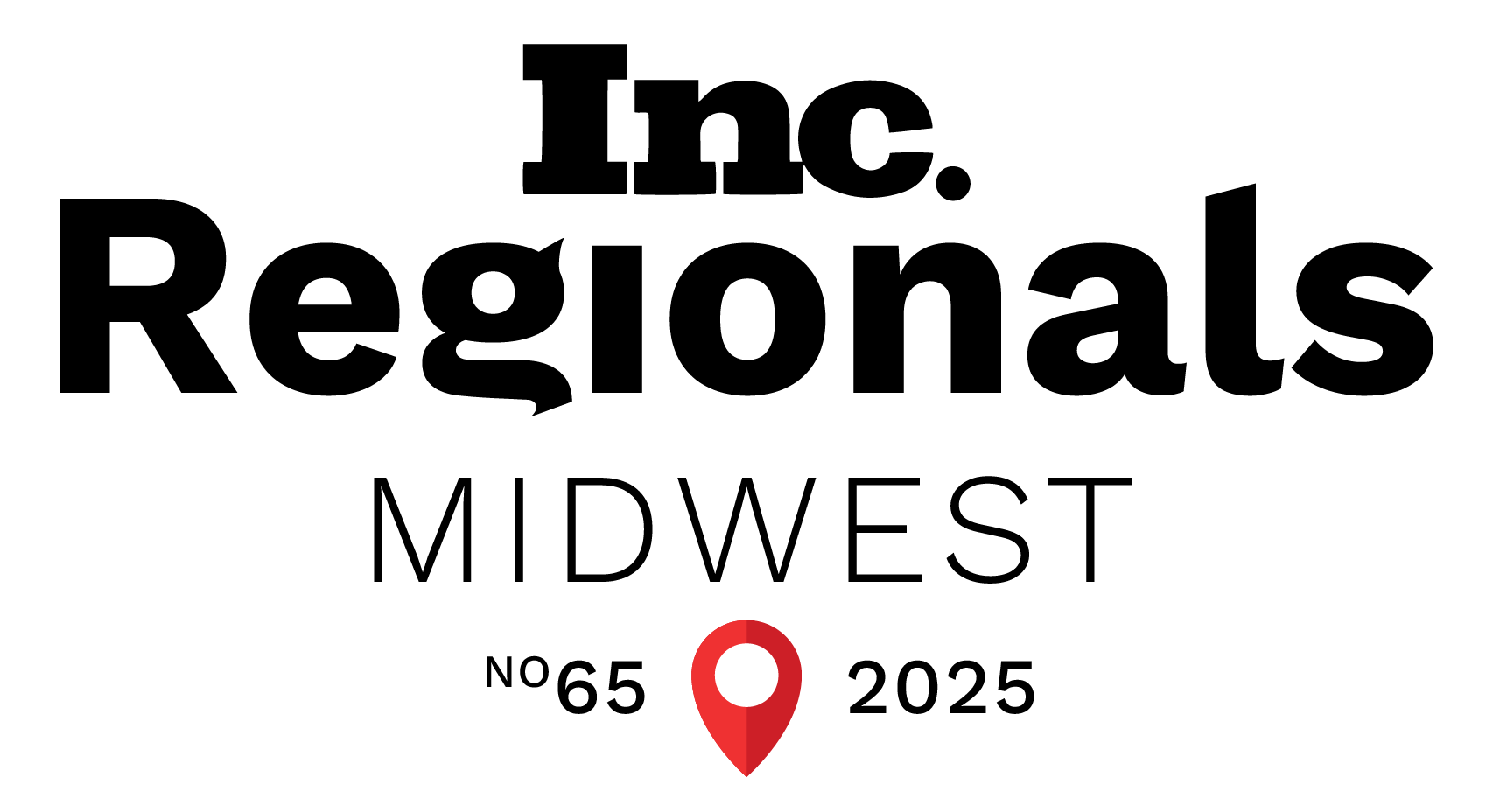3 Things You Need Know About Finding Your Voice on Social Media

In This Article
Social media platforms are some of the fastest evolving Internet sites in the world, and yet so many businesses fail to understand their worth. The social media industry allows us to connect with people from all over the world by giving businesses opportunity to reach new distribution channels and audiences. But how do businesses effectively use these platforms and tools?
Finding a voice on social media is challenging because, if not used effectively, it could result in wasting valuable time. 72% of online adults use social networking sites, and YouTube now reaches more adults in the United States aged 18–34 than any cable network. Gaining a strong presence that reflects your reputation is paramount to creating a consistent representation of your brand.
Bottom line: At least some of your customers are online, whether you know it or not, and they might be the most important. Here are some tips on developing a social media voice that will help you effectively engage with your audience.
1. Start marketing your business on one social media platform.
To establish a sustainable and consistent voice on social media, choose one social platform to focus on first—especially if you’re new to social media marketing for business purposes. This isn’t to say that later on you shouldn’t hop on more, but for now, start small.
We suggest starting with Facebook. It’s the most-used social media platform in the world with nearly 1.6 billion active users. However, you should still conduct your own research to see which social media platforms your unique audience uses.
There are around 1 million businesses utilizing Facebook’s marketing potential, and for good reason. There are tons of built-in resources to help increase visibility in your ideal community, like creating and managing promotional ads and boosting posts. You can even set your own ad budget and target demographics. And, of course, you can track analytics to see new followers, paid and organic reach, engagement patterns, and any trends occurring from your content (among other beneficial data).
The ability to track and manage your own Facebook marketing campaigns allows you to stay consistent with your messaging. It’s always helpful to have a community manager or a social media manager nearby—whether in-house or a digital marketing agency—to manage your social presence, analyze data, create reports, and keep up with new strategies.
2. Your business needs a voice and a consistent theme before strategizing.
Identifying the tone of your brand will lead you right into establishing a theme. If you’re struggling with a specific tone, it’s helpful to brainstorm by making a list of adjectives in which you want to be perceived online. Do you want to be serious and technical, or lighthearted and playful? Or you can take a combinatory approach (e.g. technical blog post with lax verbiage)—just be sure that your tone is representative of your brand’s identity and is in line with your mission, vision, and core values.
Once you’ve established your tone, you can begin devising themes. Do you want your posts to be consistently text-heavy (blog posts) or visual (photos and videos)? Do you want to generate your own content or share others’ work?
We always recommend doing a combination of original content (OC) and sharing from credible, relevant sources (especially if you’re a small business). You might not have time to generate OC every day, but at least strive to do it twice per week.
For the days you can’t post OC, don’t fall off the radar by going post-less. Sharing other blogs, articles, videos, and images comes in handy on your off-days. Once your business grows, you can hire a marketing copywriter or a content marketing agency to help create OC on a more consistent basis.
When you decide on a theme, ask yourself these questions:
- Are your posts aligned with who you are as a business?
- What is one word in which you want your targeted audience to describe your business?
- Are all your posts cohesive with your messaging and brand?
3. Trial & error in social media marketing is natural, so be prepared.
Some of the best voices on social media take risks in posting bold content. Don’t be afraid to be creative in your approach, and stay authentic to who you are as a business.
Additionally, take a look at what other businesses in your industry are doing on social. Do they have a lot of engagement, or is their presence a snooze fest? Do their blog posts get more engagement than video content? All of this will be helpful during strategy development stages.
You might not see astounding results right away, but that doesn’t mean you’re doing something wrong. Just pay attention to insights and marketing analytics. Finding your social voice takes time, practice, and consistency. Finding the perfect strategy is possible. Just be patient, and keep at it.
Must-read articles
Looking for something else?
There's so much more
Ready to Inquire?














